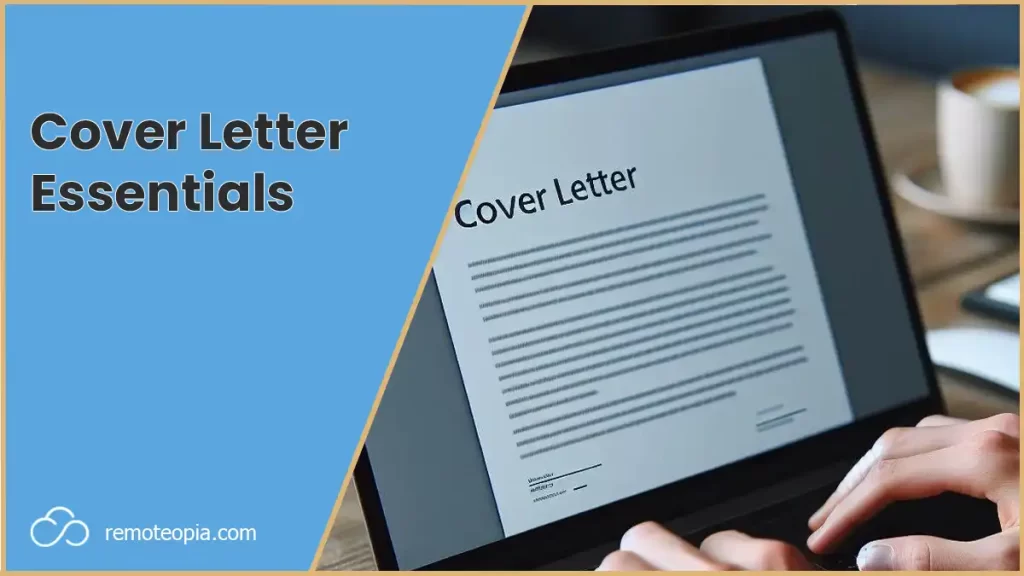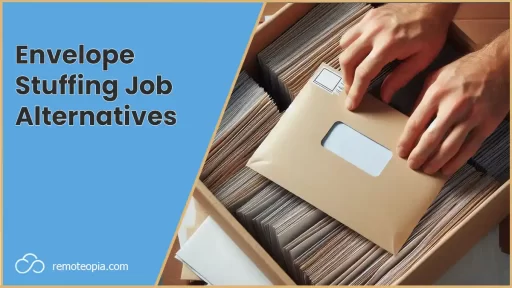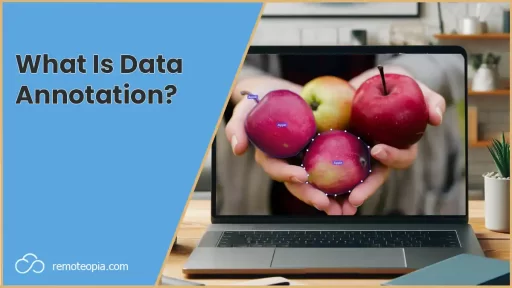
A cover letter is your first opportunity to make a strong impression on a potential employer.
It goes hand in hand with your resume to introduce you, highlight your relevant skills and experiences, and demonstrate your desire for the job.
Your cover letter provides a chance to speak directly to the hiring manager and address why you are the ideal candidate for the position.
When I worked in recruitment and the candidate attached a stellar cover letter catered to the specifics of the job, I could almost guarantee they were going to land an interview over 90% of the time!
Make sure you make it count.
Key Takeaways
Understanding Cover Letters
A cover letter should act as a personal introduction that complements your resume by expanding on its contents and drawing direct connections to the job posting.
Purpose of a Cover Letter
Your cover letter serves several key functions:
- Highlighting Your Fit: A professional cover letter takes the skills and experiences listed on your resume and tailors them to the specific role you’re applying for, addressing how your background makes you the ideal candidate.
- Adding Context: Sometimes your resume might not tell the whole story. Your cover letter is where you can provide more detail about your career journey, explaining any gaps or changes in a positive light.
- Showing Enthusiasm: Conveying your genuine interest in the job and the company can help you stand out. It’s the space where your personality can shine through, demonstrating that you’re more than just a list of qualifications.
Keep these points in mind when crafting your cover letter
How To Write A Cover Letter
Your aim is to create a strong first impression and tell a compelling story that showcases your skills and experiences for the job, whilst including anything that will make you stand out from the competition.
Sometimes even making the effort to write a cover letter is enough to steal a march on other candidates who do not take the time to do so.
Formatting your Cover Letter
Some simple additions and formatting best practices will keep your over letter looking clean and professional:
Header: Start with your contact information, including your name, phone number, email, and LinkedIn profile, followed by the date and employer’s details.
Font and Size: Use a simple, professional font like Arial or Helvetica in sizes 10 to 12 points.
Margins and Alignment: Keep margins to one inch and align your text to the left for easy readability.
Writing the Opening Paragraph
The opening of your cover letter should grab the hiring manager’s attention:
- Greeting: Address the hiring manager by name, if possible, using “Dear [Name].”
- Introduction: Clearly state the job you’re applying for and hook the reader with an intriguing introductory statement.
Building the Body Paragraph
Your body paragraph is where you delve into specifics:
- Use bullet points to highlight key achievements relevant to the job.
- Include specific examples that demonstrate positive outcomes from your work.
Concluding with a Strong Closing Paragraph
Finish your cover letter on a confident note:
- Expression of Interest: Reiterate your enthusiasm for the role.
- Call to Action: Politely prompt the reader to invite you for an interview.
- Sign-off: Use a professional closing such as “Best regards” or “Sincerely,” followed by your name.
Personalizing Your Application
The key to standing out is to tailor your cover letter to both reflect who you are and directly address the points underlined in the job description.
Take time to align your skills and experiences with the values and needs of the company.
Tailoring to the Job Description
If the ad specifies a team player with experience in project management, tailor your cover letter by mentioning collaborative projects or leadership roles that had tangible outcomes.
Read the job description carefully: Identify key phrases and requirements that the company is looking for.
Match requirements with experience: Highlight specific instances from your past work that directly respond to the job’s needs.
Use stats and figures where possible to back up any statements and bring them to life.
Reflecting your Personality and Professional Experience
Your cover letter is where your personality should shine through. Instead of simply stating that you are a perfect fit for the team, illustrate this with anecdotes or experiences that show your character and work ethic.
Remember, it’s not just about convincing them that you can do the job, but also that you’re someone they want to have in their company.
- Use a genuine tone: Let your cover letter sound like you, not a generic candidate.
- Incorporate your achievements: Use examples that reflect your impact in previous roles.
Final Touches
Before you put the finishing touches on your cover letter, ensure your document is polished and professional.
Double-check your contact details and take time to craft a compelling sign-off tol help you leave a lasting impression.
Proofreading and Review
Careful proofreading and a thorough review demonstrates your diligence, but also underpin the structure and flow of your content.
- Proofread for errors: Your cover letter is a reflection of your attention to detail. Go over it several times, looking for spelling, grammar, and punctuation mistakes.
- Get a second opinion: Sometimes, fresh eyes can catch what you’ve missed. Ask a friend or mentor to review your cover letter for clarity and impact.
Summary
To craft a great cover letter remember to:
Frequently Asked Questions

James Waite
Founder of Remoteopia, James has worked in remote roles for 6 years. After a stint in recruitment, he now works as a director of website strategy in tech.




